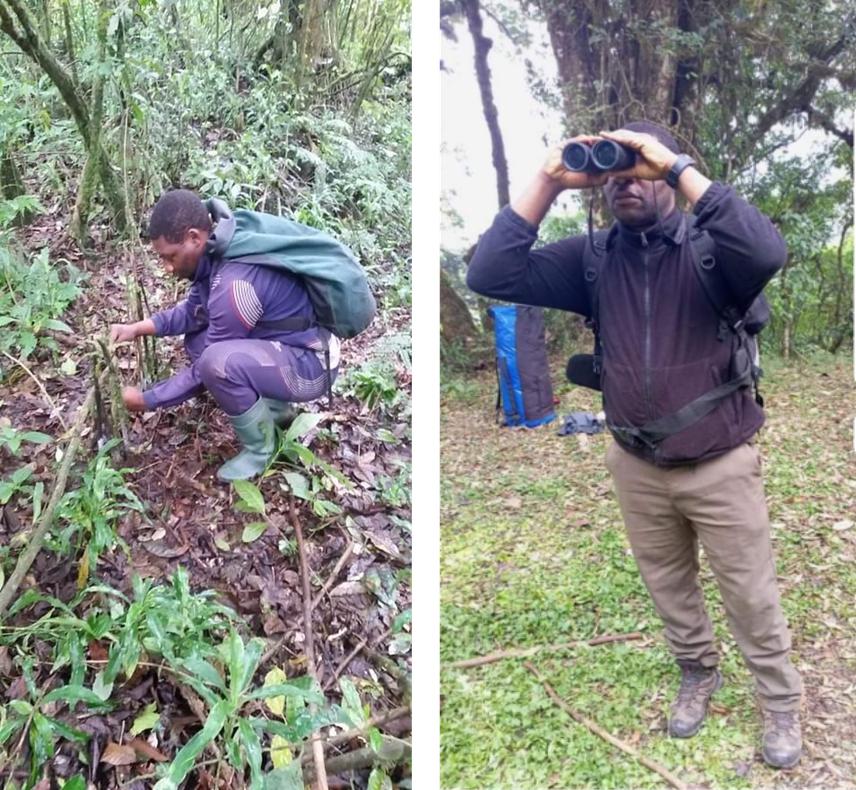Articles featuring the project.
Francis Guetse
Other projects
16 May 2022
Conservation Status of The Endangered Mt. Cameroon Francolin Pternistis camerunensis and Initiation of Community-Based Conservation Awareness around Mt Cameroon
Mount Cameroon Francolin (Pternistis camerunensis) is a poorly-studied galliforme species, classified as “Endangered” by the IUCN with a declining population of 600-1700 mature individuals (IUCN, 2024). This species is endemic to Mount Cameroon, where it faces natural and human pressures that may alter its distribution and negatively affect its population size (Mayaka, et al., 2021). However, the effects of potential pressures as well as the ecology of the species are poorly understood and there is a lack of basic knowledge on the ecology and distribution of the species, which hampers conservation efforts. Though Mt. Cameroon Francolin is classified as ‘Endangered’, its current population status is unknown. The species and its eggs are targeted by hunters and traditionalists (Njie in litt, 2007). Besides volcanic eruptions, there is also deliberate burning of its habitat, causing the retreat of the forest/savannah boundary in some places (BirdLife, 2024), whose impacts remain unknown.

I remove the traps set by hunters to catch animals, including francolin. ©Guetse Francis.
We recently carried out a study and determined its occurrence within the National Park (Mayaka et al. 2021). But one thing that surprised us is that the species was absent in many historical sites at the eastern side of the mountain and is now observed at higher elevation (Guetse et al. unpublished). This could be attributed to anthropogenic pressures and hunting found there. Based on interviews we conducted in communities adjacent to the forest thanks to our first Rufford Award, local people showed the interest to protect the species and hunters showed us many areas around the park where we can find francolins (such as Bokwango, Irumabea, Vietele, etc..). This project seeks to determine the population status and distribution of Francolin in the buffer zone of Mount Cameroon National Park, assess the effects of threats on the species and engage communities in research and participation in the species' conservation and monitoring. This will be achieved with a combination of transect and playback methods. This project will provide more baseline data on population and distribution of Mt Cameroon Francolin. Through this work, impact of anthropogenic pressures on Mt Cameroon Francolin density will be identified, and the response of Francolin to these anthropogenic pressures will be known. Also, priority areas for conservation of the species will be known and earmarked for its protection.